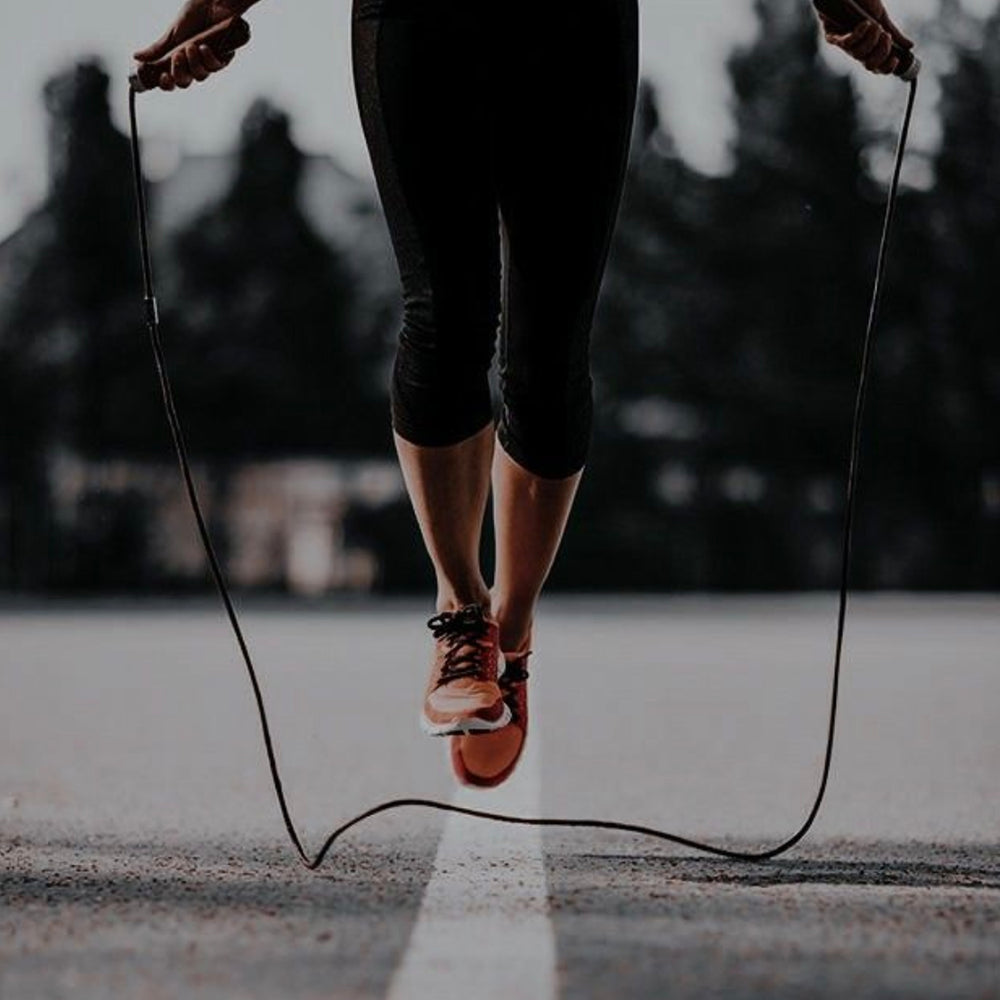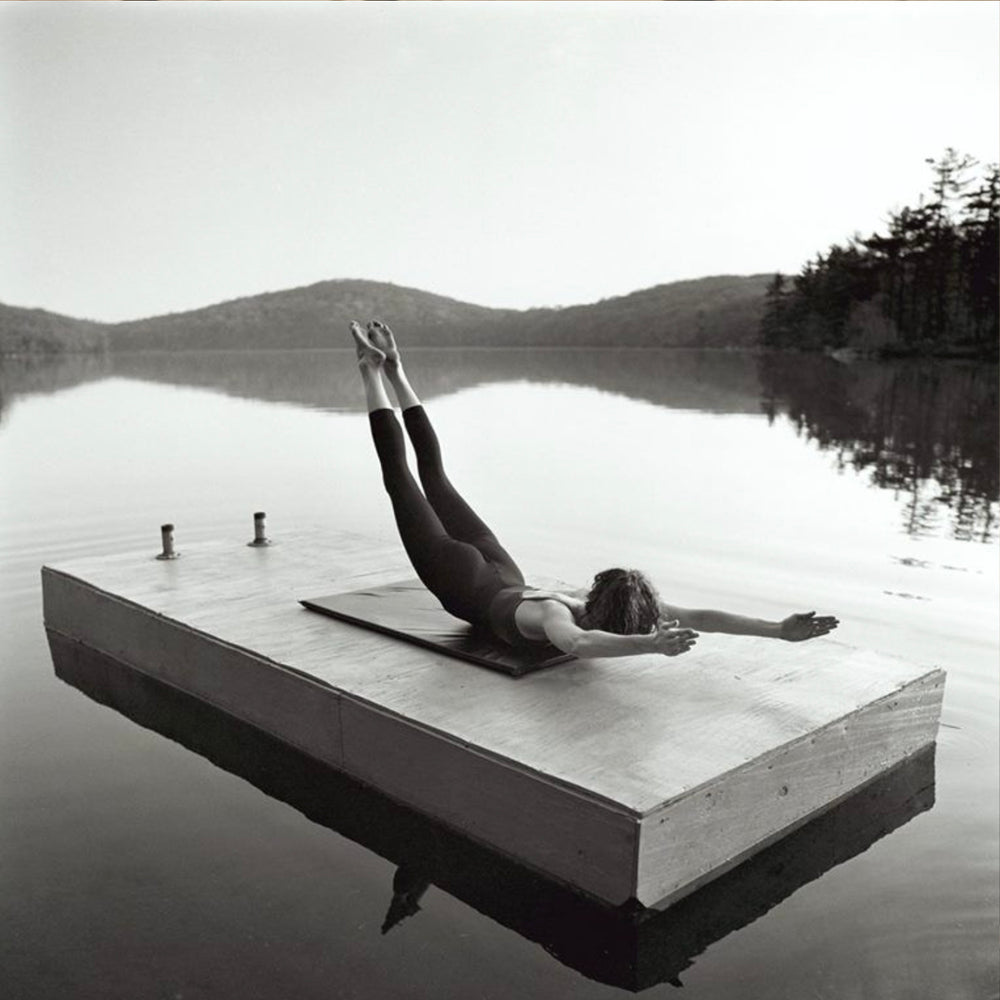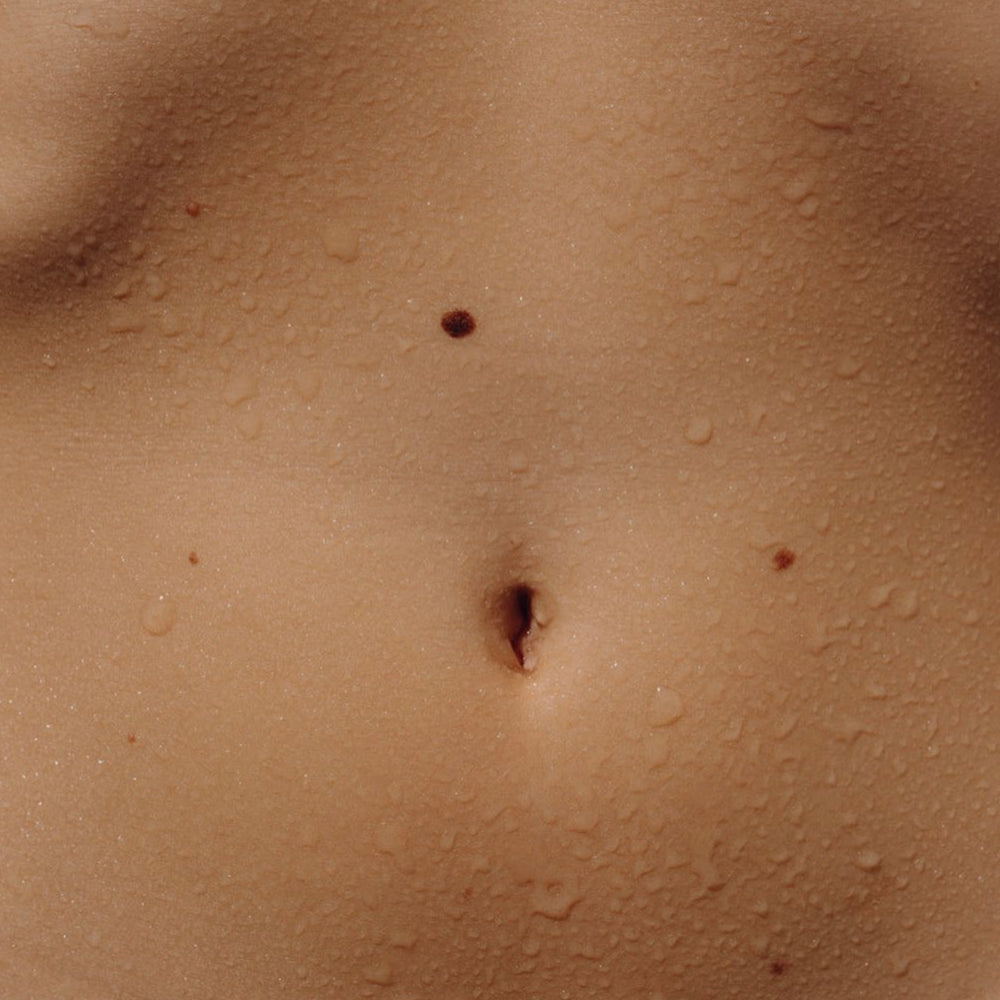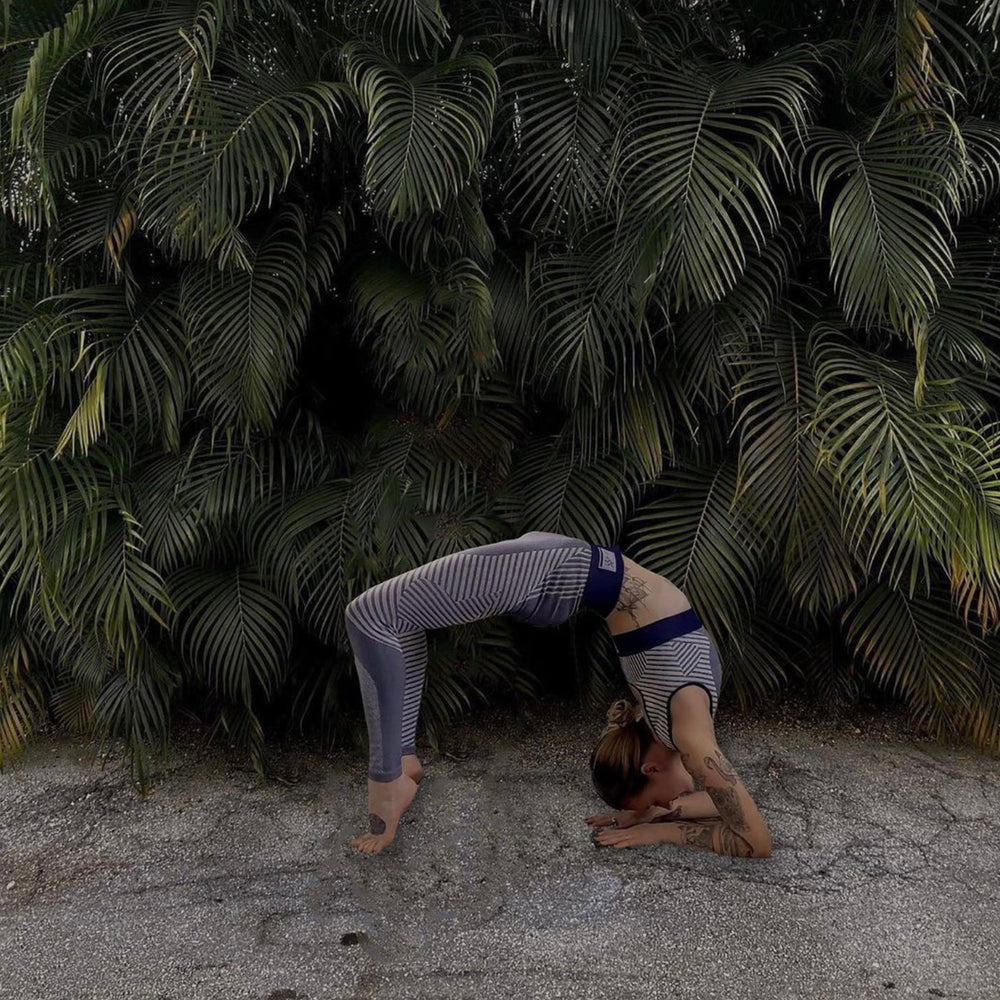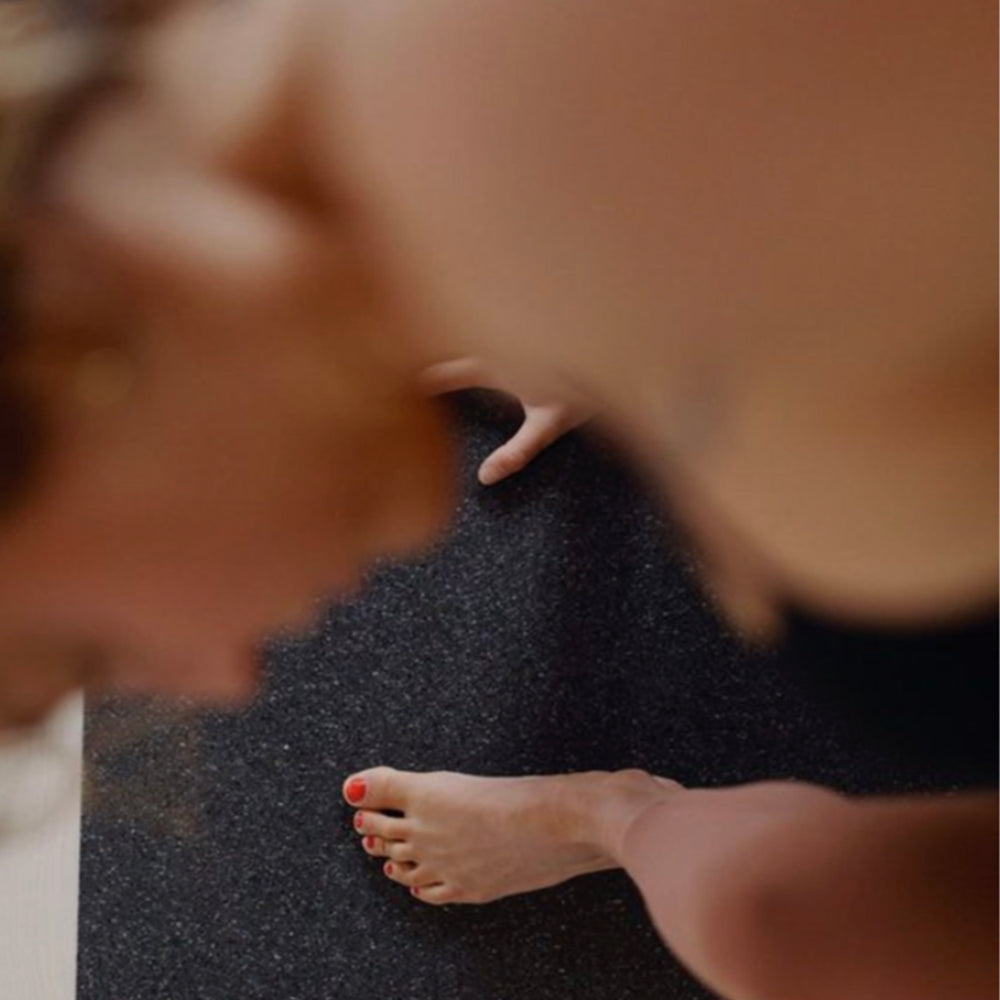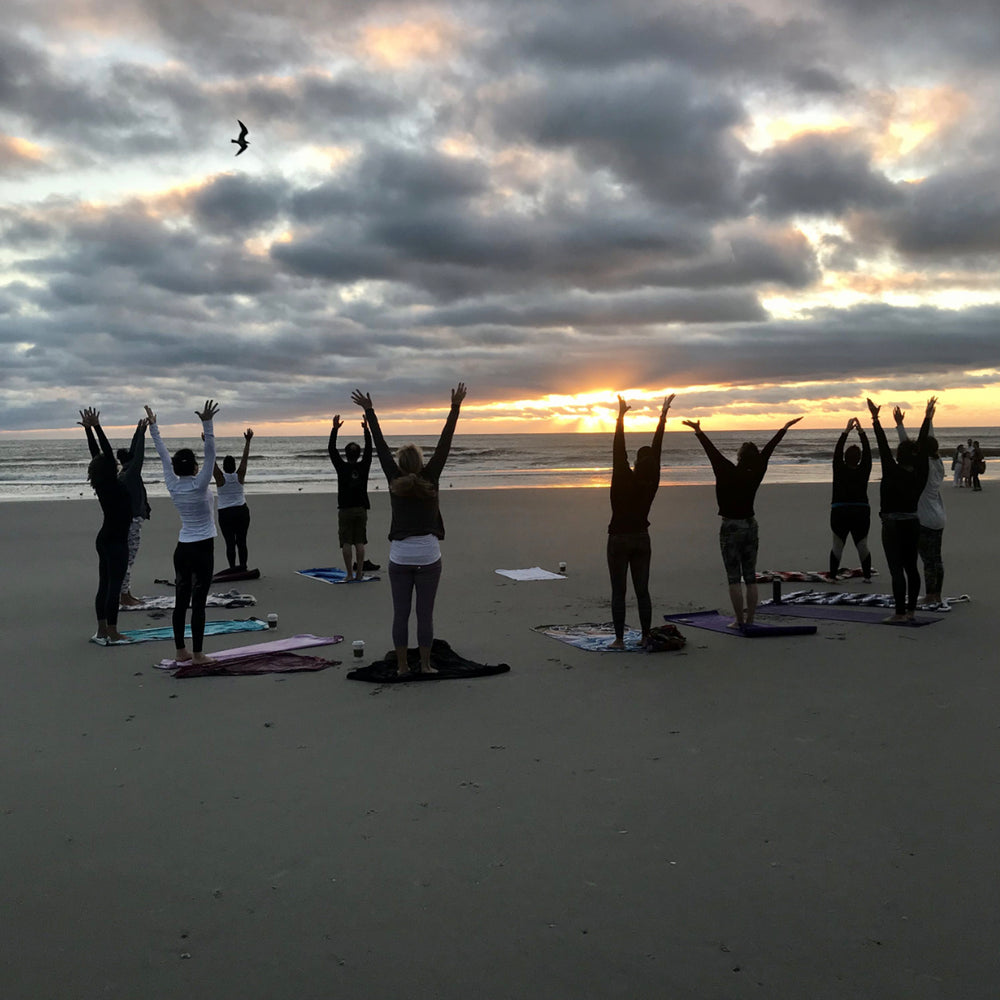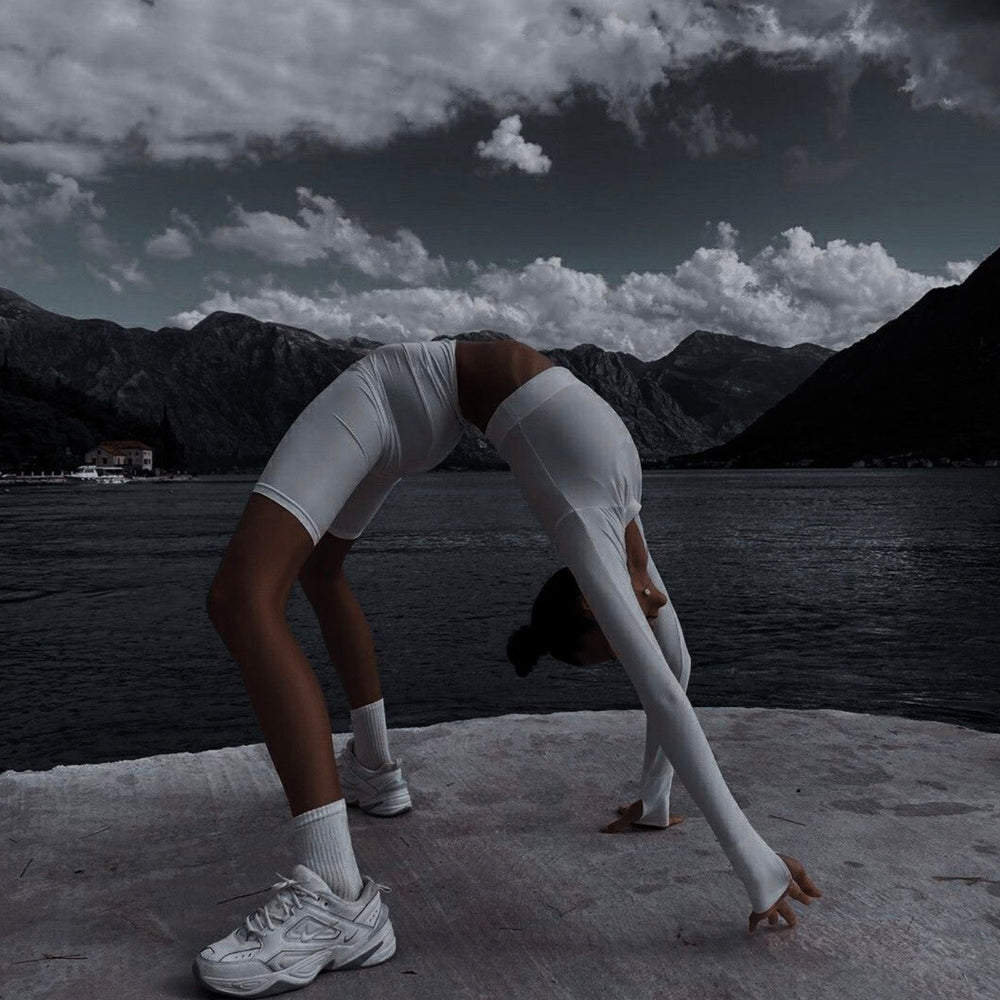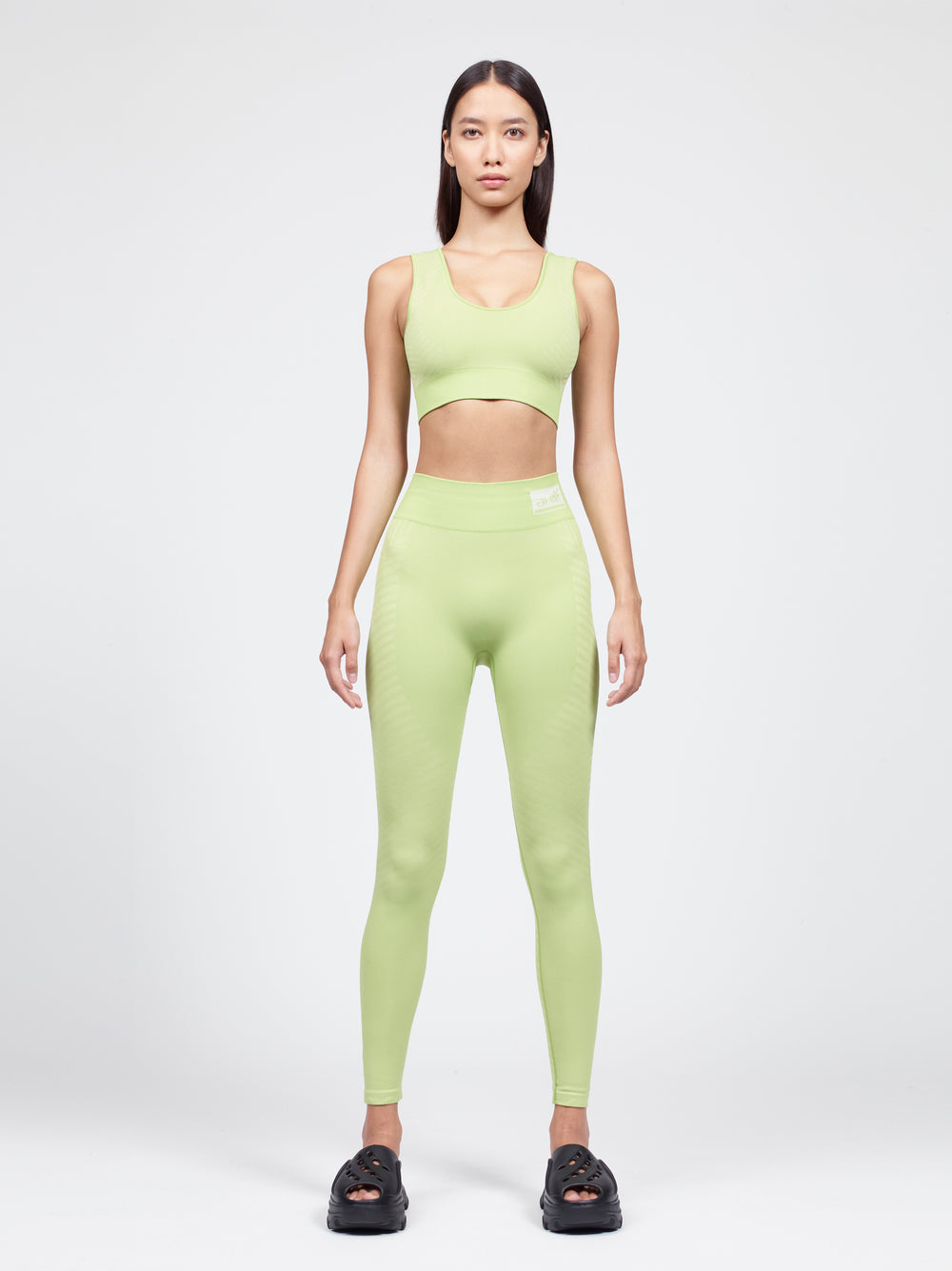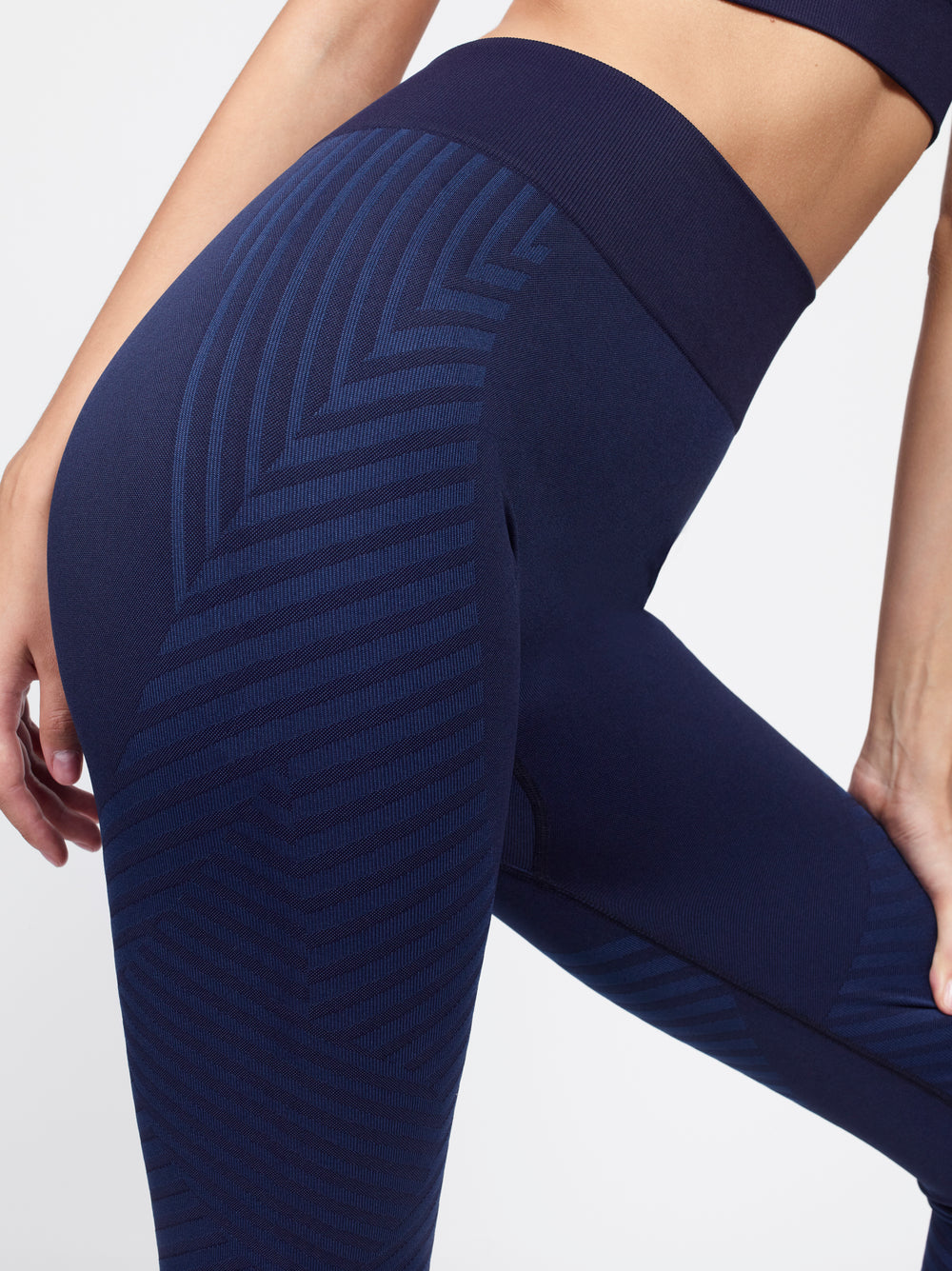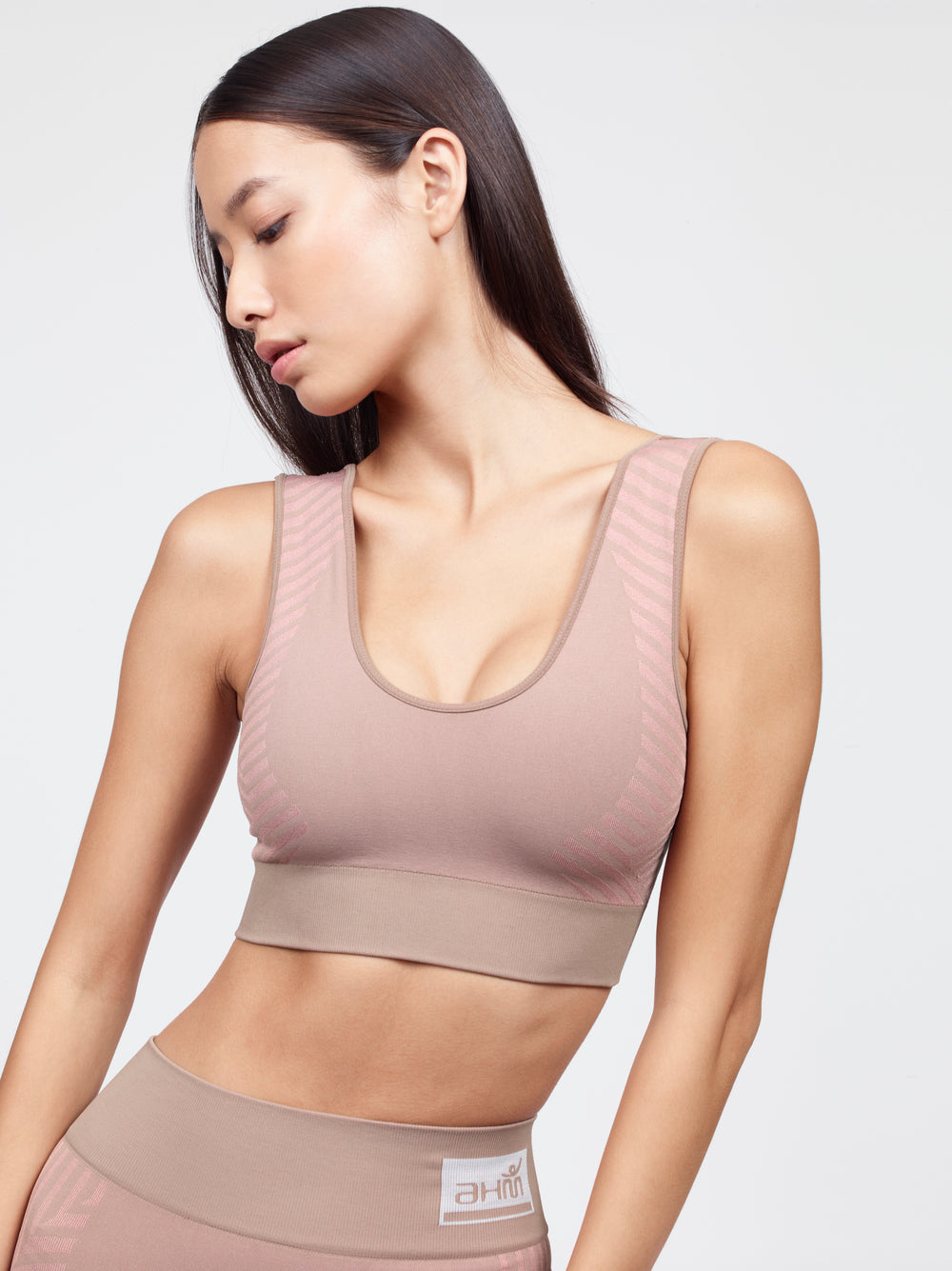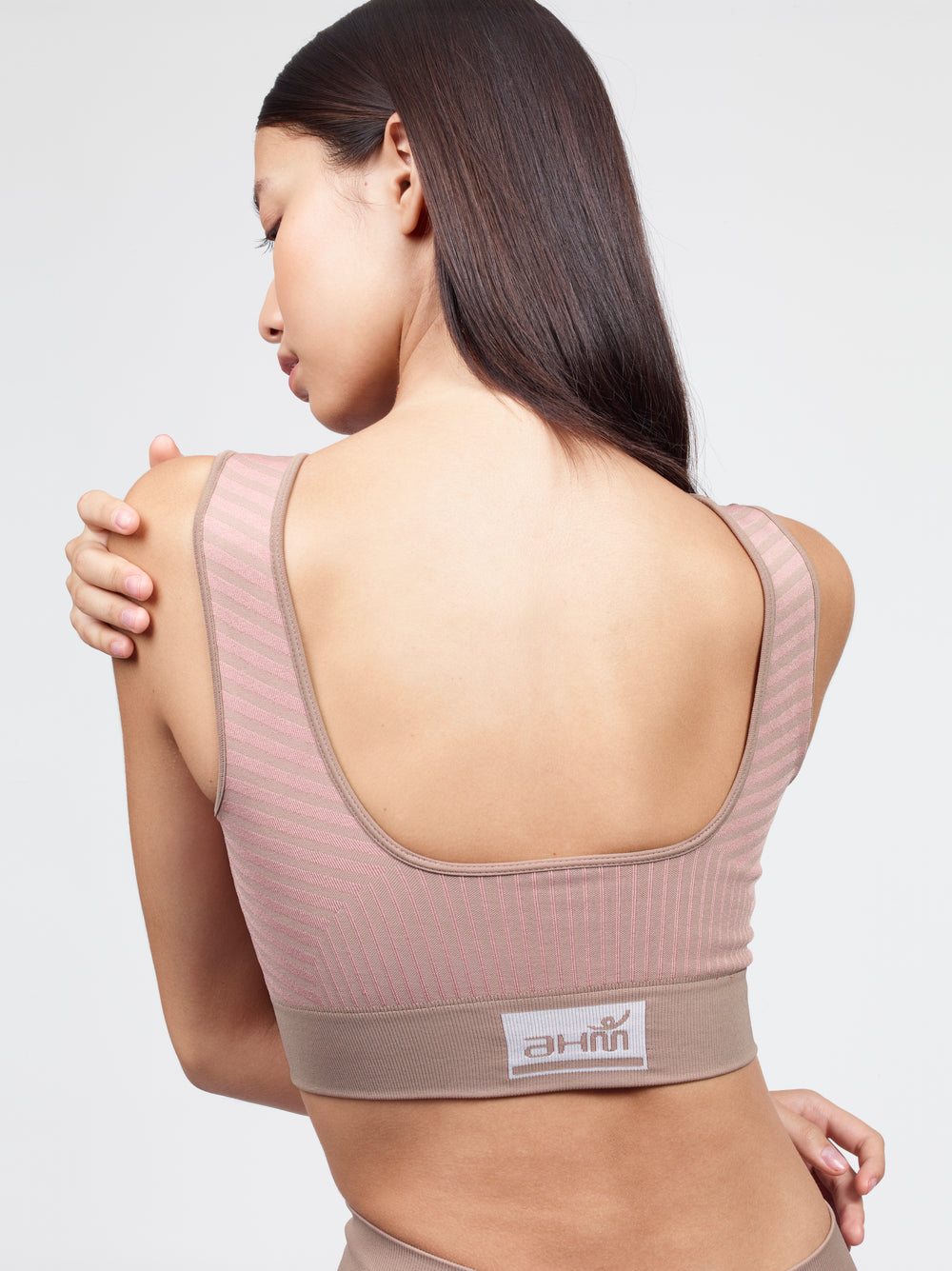
Many of us lead sedentary lifestyles, spending long hours sitting at desks or in front of screens. This can lead to tight hips, which not only affect our posture but can also cause discomfort and limit our range of motion. Fortunately, yoga offers a solution to this common issue. In this article, we'll explore a yoga flow designed specifically to release tension in your hip area and promote flexibility and freedom of movement.
Understanding the Importance of Hip Mobility
Before we dive into the yoga flow, it's essential to understand why hip mobility matters. Your hips are the bridge between your upper and lower body, playing a crucial role in various movements, including walking, running, and even sitting. When your hips are tight, it can lead to:
- Lower back pain
- Knee discomfort
- Poor posture
- Limited range of motion
- Muscle imbalances
Improving hip mobility through yoga can alleviate these issues, enhance athletic performance, and contribute to overall well-being.
Preparing for Your Yoga Flow
Before starting the yoga flow, it's essential to prepare properly:
1. Choose the Right Space: Find a quiet, spacious area where you can practice without distractions.
2. Yoga Mat: Lay down a yoga mat or a comfortable surface to practice on.
3. Comfortable Attire: Wear comfortable and stretchy clothing that allows for a wide range of motion.
4. Props (Optional): You may want to have yoga props like blocks and a strap nearby, although they are not mandatory.
5. Mindful Breathing: Throughout the practice, focus on your breath. Deep, controlled breaths will help you relax and go deeper into the stretches.
The Yoga Flow for Tight Hips
This yoga flow consists of a sequence of poses that target the hip area. Perform each pose mindfully and hold them for a few breaths. As you move through the flow, pay attention to your body's sensations and any areas of tightness.
1. Child's Pose (Balasana):
- Start in a kneeling position with your big toes touching and knees apart.
- Sit back on your heels and extend your arms forward, resting your forehead on the mat.
- Hold for 5-10 deep breaths, focusing on relaxing your hips.
2. Cat-Cow Pose (Marjaryasana-Bitilasana):
- Come to a tabletop position with your wrists under your shoulders and knees under your hips.
- Inhale, arch your back, and lift your head (Cow Pose).
- Exhale, round your spine, and tuck your chin (Cat Pose).
- Repeat this flow for 5 rounds, gently moving your hips.
3. Downward-Facing Dog (Adho Mukha Svanasana):
- From the tabletop position, tuck your toes, lift your hips, and straighten your legs.
- Press your palms into the mat, and aim to create an inverted "V" shape with your body.
- Pedal your feet by bending one knee at a time to stretch the calves and hamstrings.
- Hold for 5 breaths.
4. Low Lunge (Anjaneyasana):
- Step your right foot forward between your hands, keeping your left knee on the ground.
- Gently sink your hips toward the mat and lift your chest.
- Reach your arms overhead if comfortable, and hold for 5 breaths.
- Repeat on the left side.
5. Pigeon Pose (Eka Pada Rajakapotasana):
- From Downward-Facing Dog, bring your right knee behind your right wrist, and extend your left leg back.
- Square your hips and walk your hands forward.
- Lower your chest toward the mat and hold for 5-7 breaths.
- Repeat on the left side.
6. Butterfly Pose (Baddha Konasana):
- Sit with your legs extended in front of you.
- Bend your knees and bring the soles of your feet together, allowing your knees to fall outward.
- Hold your feet with your hands and gently flap your knees up and down.
- Hold the pose for 5-7 breaths.
7. Bridge Pose (Setu Bandhasana):
- Lie on your back with your knees bent and feet hip-width apart.
- Press through your feet to lift your hips off the ground.
- Interlace your fingers beneath your back and roll your shoulders under.
- Hold for 5 breaths.
8. Happy Baby Pose (Ananda Balasana):
- Lie on your back and draw your knees toward your chest.
- Grab the outer edges of your feet with your hands.
- Gently pull your knees toward the floor beside your torso.
- Hold for 5 breaths.
9. Supine Twist (Supta Matsyendrasana):
- Lie on your back with your arms extended to the sides.
- Bring your right knee to your chest and then across your body to the left.
- Keep your right arm on the floor and turn your head to the right.
- Hold for 5 breaths and repeat on the left side.
10. **Savasana (Corpse Pose):
- Extend your legs and arms comfortably, palms facing up.
- Close your eyes and relax every muscle in your body.
- Stay in this pose for at least 5-10 minutes, focusing on your breath and releasing tension.
Closing Thoughts
Practicing this yoga flow for tight hips regularly can help you regain flexibility and ease in your hip area. Remember that consistency is key to seeing progress. Additionally, listen to your body and modify poses as needed to accommodate your level of flexibility and comfort. With dedication and patience, you can unlock the freedom of movement in your hips and experience the physical and mental benefits of improved hip mobility.
|




